The U.S. Secretary of Defense, the much maligned Pete Hegseth, directed the Army to transform its personnel and acquisitions in a four page memo on April 30th. The memo has strengths and weaknesses. Some of the directives are long overdue. Though a few, like “modernize language training to improve mission effectiveness,” seem misplaced in a short document focused on improving combat capacity. Much of the discussion on modernizing capabilities is good and in line with work the Army has done over the last several years. Below, are what I see as the good and bad takes from this memo.
The Good
Reduce General Officer position
This is objectively a good idea. The creation of additional General Officer billets creates stovepipes and fiefdoms within the department that become bureaucratic hurdles. These positions should be eliminated and their staffs should be sent to empower the remaining positions to allow them to move faster. If you don’t think there are too general officers many, a source for Breaking Defense decried the proposed cuts by saying, “It absolutely neuters the ability of the program offices to have maneuver space in the decision-making process,” the source added. “One-stars don’t have the sway of power.” If they are already useless, what a great reason to cut.
Prepositioned Stocks
The Army cannot be the only department working on this. The military is trained to fight in a joint environment but the combatant commands and services have neglected prepositioned stocks for too long because they are “someone else’s problem.” In part, this a result of struggles between Combatant Commands and the Services on who provides what. Another key factor is until recently the U.S. could project its military to anywhere on earth at will and pull robust supply chains with it. That is no longer a foregone conclusion. As threats to maritime choke points like the Suez Canal, the Straits of Malacca, and the Panama Canal grow, military and political leaders should not assume the military will be able move logistics quickly during conflict.
A key issue is, what comprises these stocks? They need to be in place today if soldiers are going to use them in conflict. That means today’s weapons, and not wished for weapons of 2027 or beyond. The lessons we are learning in Ukraine mean this equipment needs to be able to work in highly contested electromagnetic spectrum. Traditional GPSs and highly connected electronics are a vulnerability in this space. The Combatant Commands, specifically Indo-Pacific Command and Central Command, need to provide these resilient devices to the entire joint force, not just the Army, and they need to do it now.
Extend advanced manufacturing, including 3D printing and additive manufacturing, to operational units by 2026
Absolutely the right move. The Army recently updated doctrine allowing for the production of components at the battalion level with commander approval. This is important because soldiers facing problems will be able to experiment with novel solutions in house. This can help speed innovation if it is tied with more industry access to troops working at the tactical edge. This access is also a reason to reduce staff overhead.
The Bad
Downsize, consolidate, or close redundant headquarters
I am all for a more effective force. I like the idea of a sharper point and less ornamental filigree on the army. Cutting and combining high level commands seems to align with that desire. That said, Training and Doctrine Command (TRADOC) and Army Future’s command are not the same and merging them risks one or both of their purposes. TRADOC works to write doctrine that has been tested and validated, train new soldiers, and provide professional military education through a soldier’s career. This requires detailed processes to ensure a baseline education. The Army Future Command’s (AFC) mission is research, developing concepts and requirements, and supporting modernization. This is experimentation and should not adhere to a rigid doctrinal process. Their missions are largely diametrically opposed and the only real connection between TRADOC and the AFC is they are both part of the four major Army commands. It would make more sense, from a lethality perspective, to merge AFC with the Army Materiel Command (AMC) as one of the key issues facing the army now and going forward is the global supply chain and any future acquisitions will need to fit within what AMC can provide.
Combining FORSCOM, U.S. Army North, and U.S. Army South
U.S. Army Forces Command (FORSCOM) is responsible for equipping, training, preparing, and deploying the corps, divisions, and brigades that fight for the U.S. overseas. U.S. Army North work working as a headquarters inside of U.S. Northern Command, a joint force. They respond to disaster and threats to the homeland. U.S. Army South is part of U.S. Southern Command, focused on threats from Central and South America. These are geographically and functionally distinct commands. Making FORSCOM the lead for all of Army requirements means the 4-Star Commanders of Northern Command and Southern Command will have to wrangle with the 4-Star Commander of FORSCOM over the allocation of resources. This seems like a recipe for making the Army less effective at home and abroad by dividing its major command’s attention and multiplying its problems. Rather than giving more responsibility to FORSCOM, empowering Southern and Northern Command, historically understaffed compared to Central Command and the other major commands, would allow FORSCOM to focus on preparing the Army to face its pacing threat, China.
The Missing
The Secretary’s memo pays one line of services to the need to push unmanned systems down. But, it does not go far enough. Unmanned systems at the division level will not increase lethality. Unmanned systems need to be at the platoon and squad level now to allow fighting forces to develop the skills we are seeing used daily by Ukraine and Russia. Today, we could empower platoons and companies to carry and employ precision munitions as far as the division is expected to today. As the graphic below shows, Army divisions are responsible for fires within 20-40 kilometers of the forward line of troops (FLOT). That is within the range of first person view drones and other mobile fires platforms.
How does the management of the fight change if we start equipping companies and platoons with this:
Or:
And a lot of these:
This is how you actually empower the army and make it more efficient. You place ever greater firepower at increasingly lower levels of command. This makes your commanders coordinators rather than directors. They no longer have to ration fires support to their forward soldiers and are instead focused on exploiting advantages their tactical commanders create. This type of structural change, more so than any realignment of stratospheric military commands, will drive the Army towards lethality.







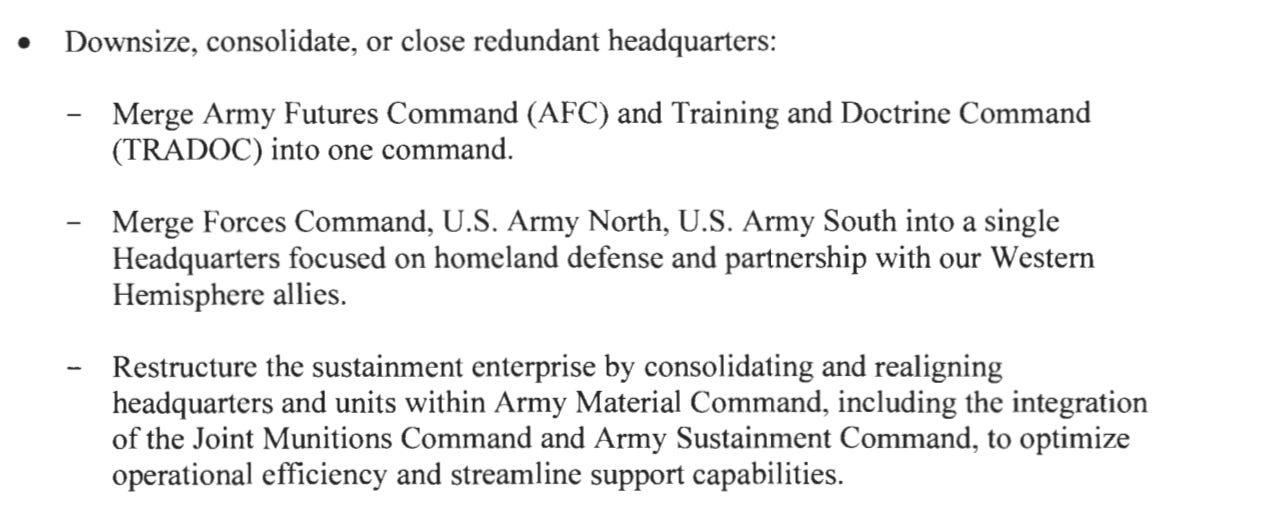
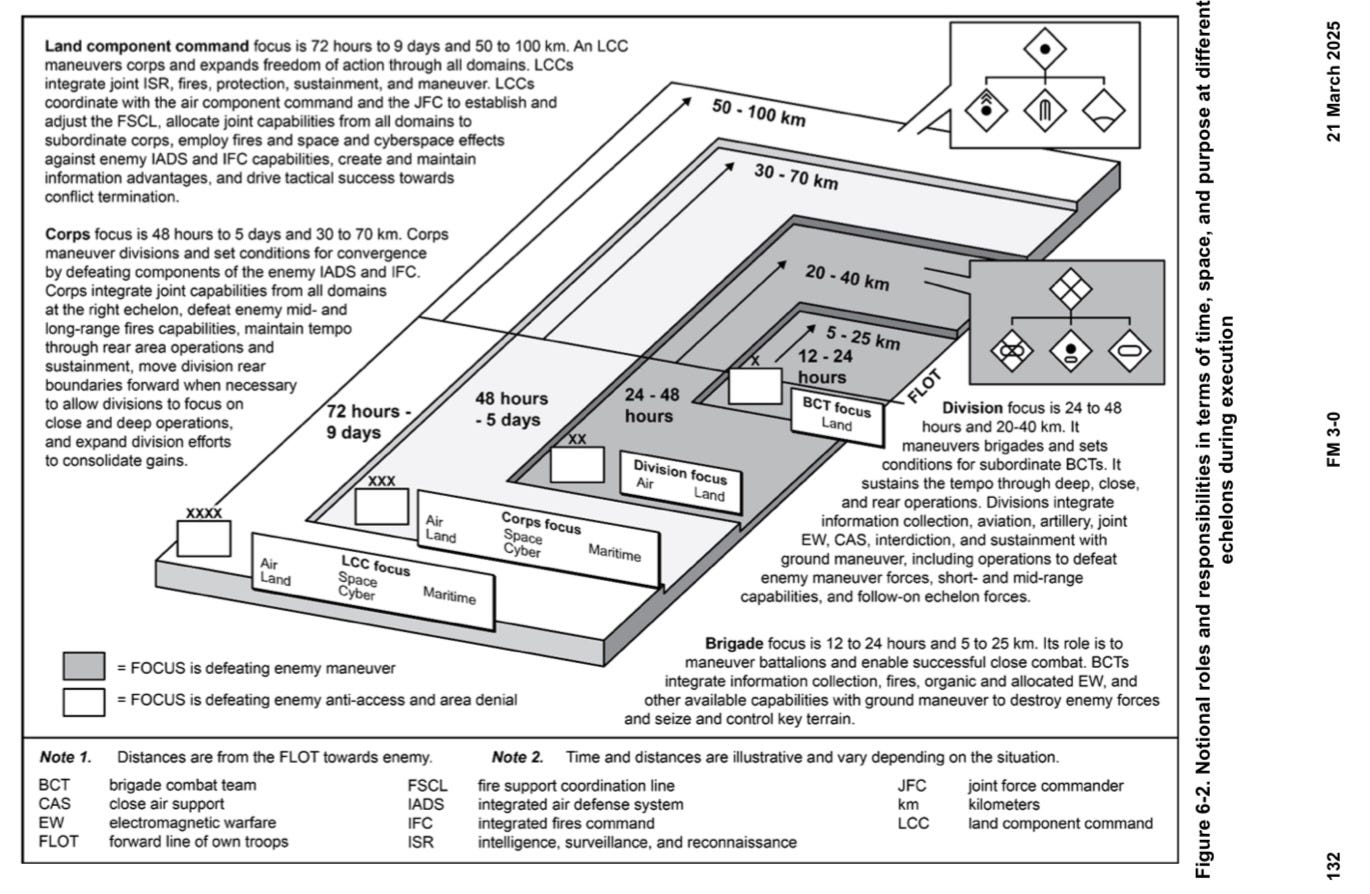
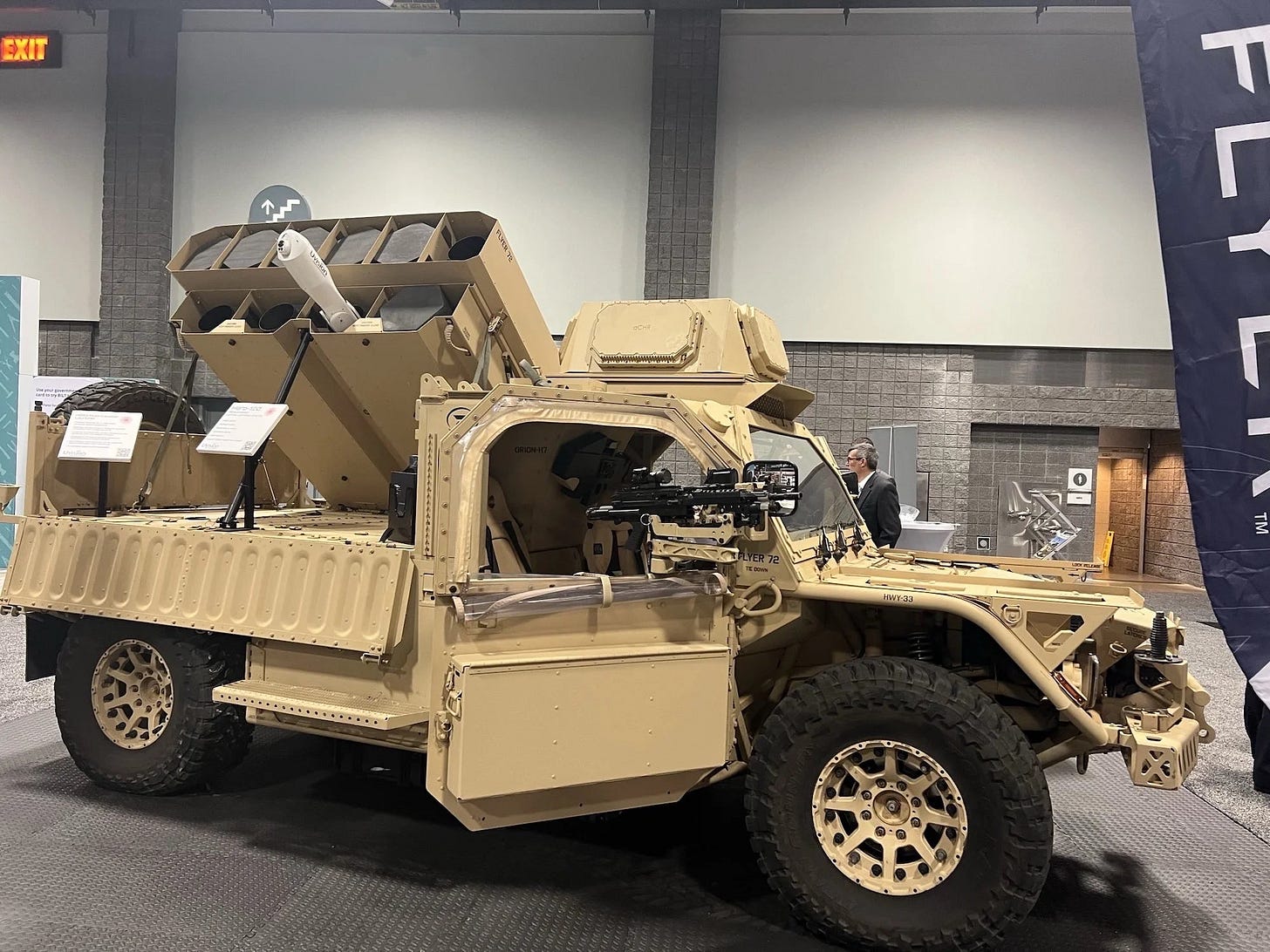
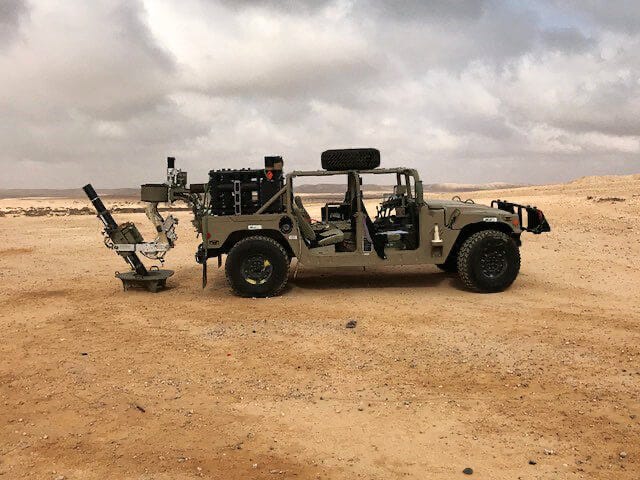
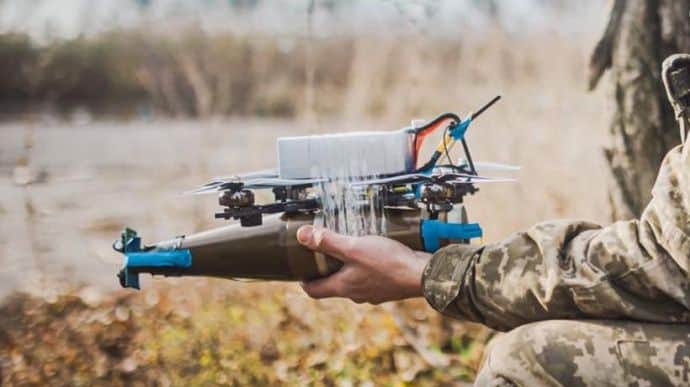
Sharp take, Justin. I’d flag another positive: the Army’s Project Convergence trials—plus fielding of the Integrated Tactical Network and Command Post Computing Environment—are already shrinking the sensor‑to‑shooter timelines, showing real JADC2 progress on the C2/C3 front. I plan to write more on this in the future. https://ordersandobservations.substack.com/
Great piece love this format!